As part of our commitment to provide you with the most up-to-date and relevant information on the logistics industry, we share our Market Update on the Latin American market.
You will find information and interesting data on the update of the state of the ports, the most important transport routes and relevant news.
We hope you'll find the following information helpful, as well as inspiring to boost your business and keep your cargo moving.
Topic of the Month: Harvest Season Logistics: Moving Latin America’s Fresh Produce to the World
Harvest season is a critical period in Latin America, marked by the movement and transportation of large quantities of crops such as fruits, vegetables, and grains from farms to markets and processing facilities. The timing of the harvest season varies by crop and area: soybeans and corn are harvested from March to May; grapes and blueberries between December and February; coffee from November to March; and bananas are harvested year-round.
This period often brings an urgency for reliable and swift transportation. For companies utilizing refrigerated transportation, understanding the seasonal patterns of the shipping industry can be crucial in reducing expenses and avoiding unexpected issues.
In this article, we will discuss the key challenges and strategies to ensure a smooth harvest season, helping businesses navigate this busy time effectively.
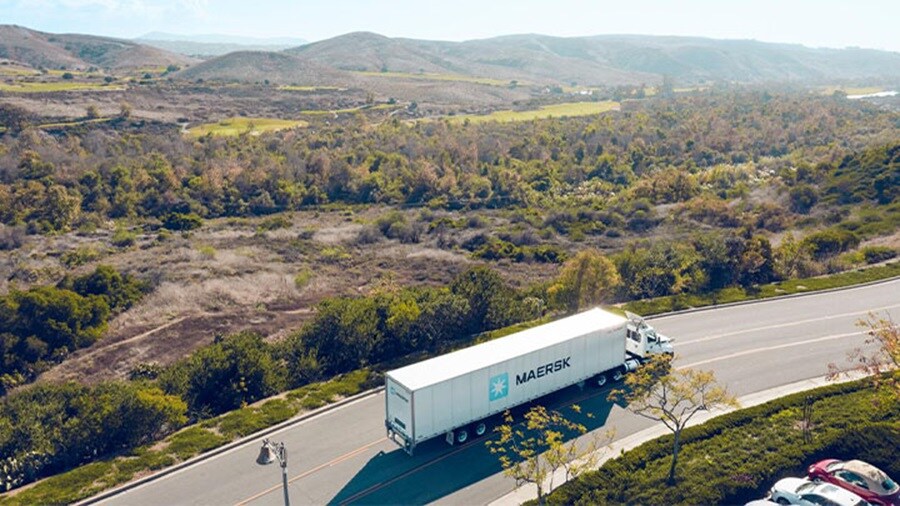
Enhanced Transportation Demand
The surge in transportation demand during the harvest season is driven by the need to swiftly deliver large quantities of fresh produce to markets, food processors, and manufacturers. According to the 2023 Third-Party Logistics Study, domestic transportation remains the most frequently outsourced activity, with 69% of shippers utilizing third-party logistics providers for this service, an increase from 67% in the previous year. International transportation also rose to 52% from 44%. These statistics highlight the growing reliance on logistics services to manage the increased transportation needs during peak seasons like the harvest period.
Reliable transport plays a crucial role in enhancing inland and intermodal supply chains. By combining ocean transport with inland and intermodal transportation, businesses can achieve greater reliability and efficiency in their supply chains. This integrated approach ensures that goods are moved seamlessly from ports to their final destinations, leveraging the strengths of each mode of transport. Enhanced reliability in ocean transport creates cascading positive impacts on inland and intermodal transportation, including more resilience and agility in the end-to-end routing of goods For more detailed insights, you can read the full article on how reliable ocean transport enhances inland and intermodal supply chains here.
The increased transportation demand during the harvest season can lead to a stressed supply chain, therefore, it is crucial for businesses to have effective and dependable logistics solutions in place to meet this surge in demand and ensure on-time delivery of fresh produce.
Cold Chain Logistics
Cold chain logistics are crucial for transporting fresh produce from Latin America to global markets, ensuring perishable goods like fruits, vegetables, and seafood are kept at optimal temperatures throughout the supply chain. This system is vital for preserving product quality, reducing food loss, and maintaining compliance with international food safety standards.
Efficient cold chain logistics help prevent spoilage and degradation, ensuring consumers receive fresh and nutritious produce. For example, Chile's grape and blueberry exports rely heavily on robust cold chain systems to reach markets in the United States and Europe in perfect condition.
However, Latin America faces challenges such as storage facilities and limited refrigerated transport options, which can lead to temperature fluctuations and compromised product quality.
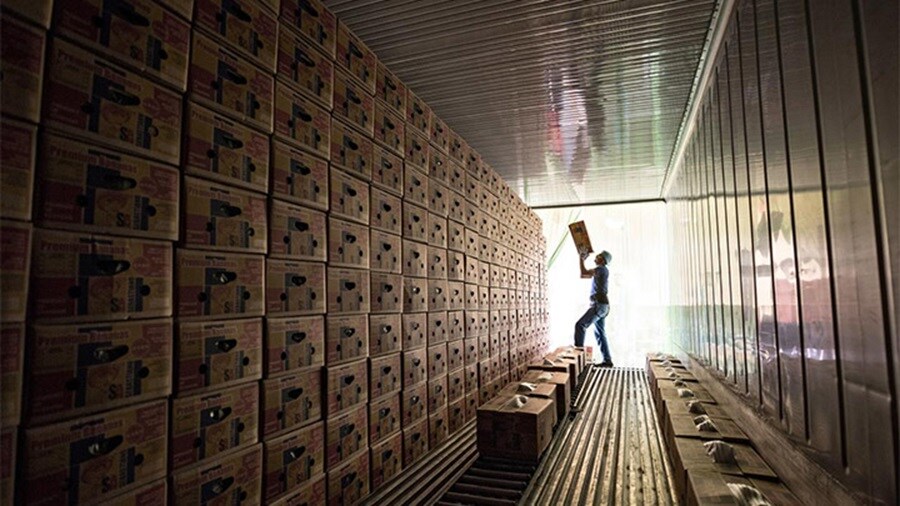
Technological advancements are playing a pivotal role in overcoming these challenges. Innovations like real-time temperature monitoring, automated inventory management, and advanced refrigeration systems are being increasingly adopted to improve efficiency. Real-time monitoring allows for the immediate detection of temperature deviations, enabling swift corrective actions.
Additionally, there is a growing emphasis on making cold chain logistics more environmentally sustainable through energy-efficient refrigeration units and alternative fuels.
In conclusion, cold chain logistics are vital for ensuring that Latin America's fresh produce reaches international markets in top condition. By addressing infrastructure gaps, leveraging technological advancements, and focusing on sustainability, the region can enhance its agricultural export capabilities. This supports regional economies and ensures consumers worldwide have access to high-quality, nutritious fruits and vegetables year-round.
Capacity Strain
Capacity strain is a significant challenge in Latin America's logistics sector, particularly during the harvest season when the demand for transportation and storage facilities surges. This strain can lead to delays, increased costs, and potential stockouts, impacting the efficiency of the supply chain.
During peak harvest seasons, the volume of fresh produce that needs to be transported and stored increases dramatically. The logistics market in Latin America reached a size of $360 billion in 2024 and is projected to grow at a compound annual growth rate (CAGR) of 6.6% through 2030.

This growth puts additional pressure on existing infrastructure, which often stresses to handle such spikes in demand.
One of the primary issues contributing to capacity strain is the limited availability of warehousing space. In major urban centers like São Paulo, Santiago, and Bogotá, vacancy rates for cold storage facilities are below 3% explained by the article Latin America Logistics Outlook 2025.
This scarcity of space can lead to higher storage difficulties in managing inventory efficiently. The expansion of the retail sector and increasing global demand for perishable products further exacerbate these challenges.
Transportation infrastructure also faces significant strain during harvest seasons. The increased demand for refrigerated transport can lead to bottlenecks. According to industry forecasts, the demand for refrigerated transport in Latin America is expected to grow significantly in the coming years, driven by rising agricultural exports.
This growth necessitates substantial investment in expanding and modernizing transportation networks to prevent disruptions.
Supply Chain Coordination
Effective supply chain coordination is crucial during Latin America's harvest season to ensure that fresh produce reaches global markets in optimal condition. This involves seamless collaboration between farmers, shipping companies, and retailers to minimize delays and maintain product quality.
One of the key challenges in supply chain coordination is the geographic diversity of Latin America, which includes vast areas like the Amazon rainforest and the Andes Mountains. These geographic features complicate physical connectivity.

Despite these challenges, advancements in technology are helping to improve coordination. For instance, detailed visibility into the location and condition of goods throughout their journey can be a game changer.
Digitalization is transforming supply chain management in the region. Artificial Intelligence (AI) and machine learning models are being used to predict demand with high accuracy, reducing errors by up to 30%.
This helps in optimizing inventory levels and reducing storage costs. Additionally, connected sensors enable real-time monitoring of temperature, humidity, and handling conditions, ensuring that produce remains fresh from farm to market.
Nearshoring is another trend that is reshaping supply chain coordination in Latin America. The Central American area has become a key logistics hub driven by global trade tensions and the need for resilient supply chains. This shift is enhancing regional supply chain efficiency and reducing dependency on distant markets.
Effective supply chain coordination during the harvest season is essential for maintaining the quality and timely delivery of Latin America's fresh produce. By leveraging technology and adapting to new trade dynamics, the region can overcome logistical challenges and ensure a smooth supply chain.
The logistics of harvest season in Latin America are complex yet vital for ensuring that fresh produce reaches international markets in top condition. Enhanced transportation demand during this period necessitates reliable and efficient logistics solutions to manage the surge in volume and ensure timely delivery. Cold chain logistics are crucial for maintaining the quality and safety of perishable goods, with technological advancements playing a key role in overcoming infrastructure challenges and promoting sustainability.
Effective supply chain coordination, leveraging technology such as real-time tracking and AI-driven demand forecasting, is essential for maintaining product quality and timely delivery. Trends identified in The Logistics Trend Map, such as supply chain visibility and digital transformation, offer actionable insights for navigating these challenges.
By addressing these challenges and implementing strategic solutions, Latin America can enhance its agricultural export capabilities, support regional economies, and ensure consumers worldwide have access to high-quality, nutritious fruits and vegetables year-round.
Ocean Updates
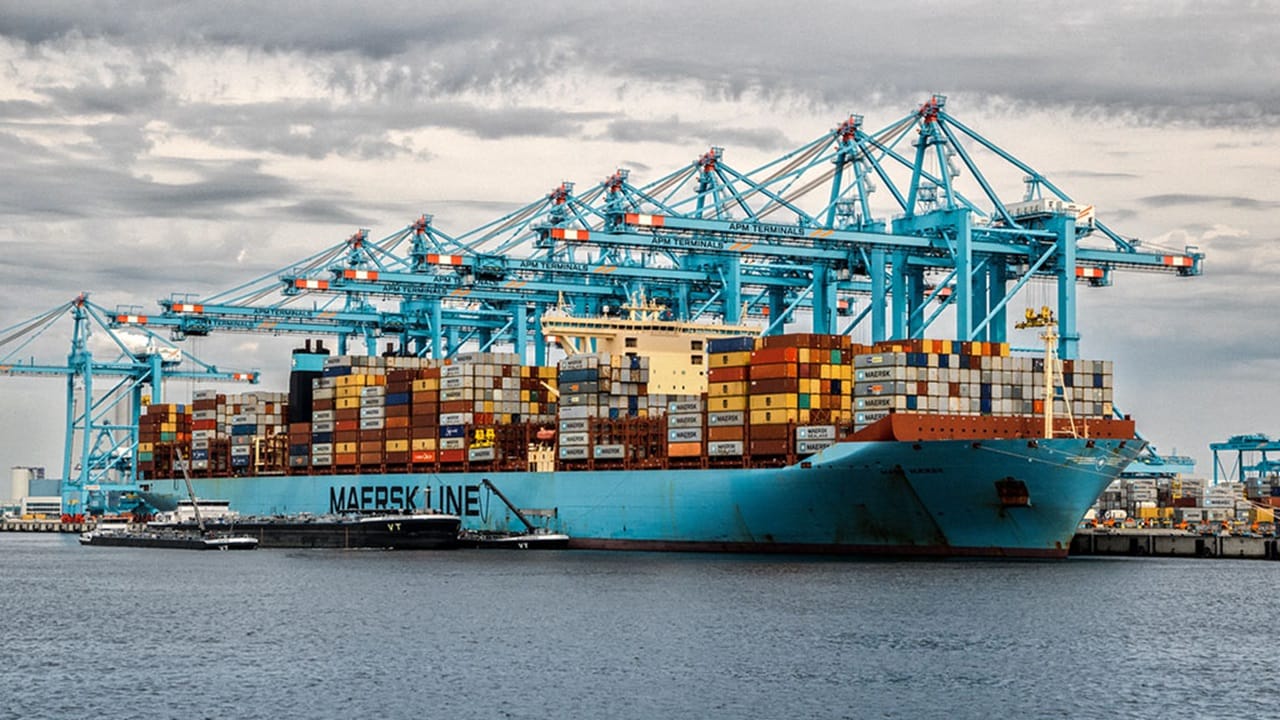
| Trade lane | Comments |
|---|---|
|
Trade lane
West Coast South America Exports
|
Comments
Maersk will be resuming reefer niche port coverage for the citrus season: Pisco calls will start in week 21 with our CLX service, and Coquimbo calls will start in week 19 with our Atacama service.
|
|
Trade lane
West Coast to Intra-Americas
|
Comments
With the establishment of a fixed berth window in Nicaragua, we are pleased to report improvements in the WCCA2 service, enhancing our operations at the USWC.
|
|
Trade lane
North America to Intra-Americas
|
Comments
Operating conditions in Guatemala's Atlantic ports are currently facing significant challenges. Port congestion at Santo Tomas de Castilla, Guatemala, has impacted the schedule of our vessels. This situation has also impacted land transportation, as the entry of export equipment has been restricted due to capacity issues, and the flow of import pick-up has been slow. We will continue to closely monitor the situation and are committed to keeping you informed of any relevant changes. |
|
Trade lane
Intra-Americas to Caribbean (Pacific)
|
Comments
With the establishment of a fixed berth window in Nicaragua, we are pleased to report improvements in the WCCA2 service, enhancing our operations at the USWC.
|
|
Trade lane
West Coast to North America
|
Comments
Maersk will be resuming reefer niche port coverage for the citrus season: Pisco calls will start in week 21 with our CLX service, and Coquimbo calls will start in week 19 with our Atacama service.
|
|
Trade lane
North America and Intra-America to East Coast of South America
|
Comments
We are extending the Norfolk omissions in the Tango service until mid-August. Cargo from this port is being routed via Cartagena (transit time to Santos is 22 days). The calls to Rio de Janeiro and Rio Grande will remain bi-weekly and will also be resumed in Q3.
|
|
Trade lane
Intra-America to Caribbean
|
Comments
The local situation in Haiti has improved, and we are now open for bookings for dry & reefer cargo.
|
|
Trade lane
Central America to North America
|
Comments
Operating conditions in Guatemala's Atlantic ports are currently facing significant challenges. Port congestion at Santo Tomas de Castilla, Guatemala, has impacted the schedule of our vessels. This situation has also impacted land transportation, as the entry of export equipment has been restricted due to capacity issues, and the flow of import pick-up has been slow. We will continue to closely monitor the situation and are committed to keeping you informed of any relevant changes. |
|
Trade lane
East Coast of South America to Intra-Americas
|
Comments
Tango extended Norfolk suspension (being attended via barge from Philadelphia) and Rio de Janeiro / Rio Grande biweekly call until the Third Quarter 2025. We performed a slide in UCLA service. Hence, the MAESK RUBICON will slide voyage 514N starting the rotation in ITAPOA with voyage 515N. New service attending Los Angeles and Tampa as of April via UCLA service (Transhipment at Cartagena). |
Main port status
ECSA Update: The terminal lineup, gate, and yard are operating at healthy levels, although there are some restrictions for vessels with delays or exceeding move limits, additionally recent bad weather in the region has impacted vessel operations and caused delays for some vessels along the coast.
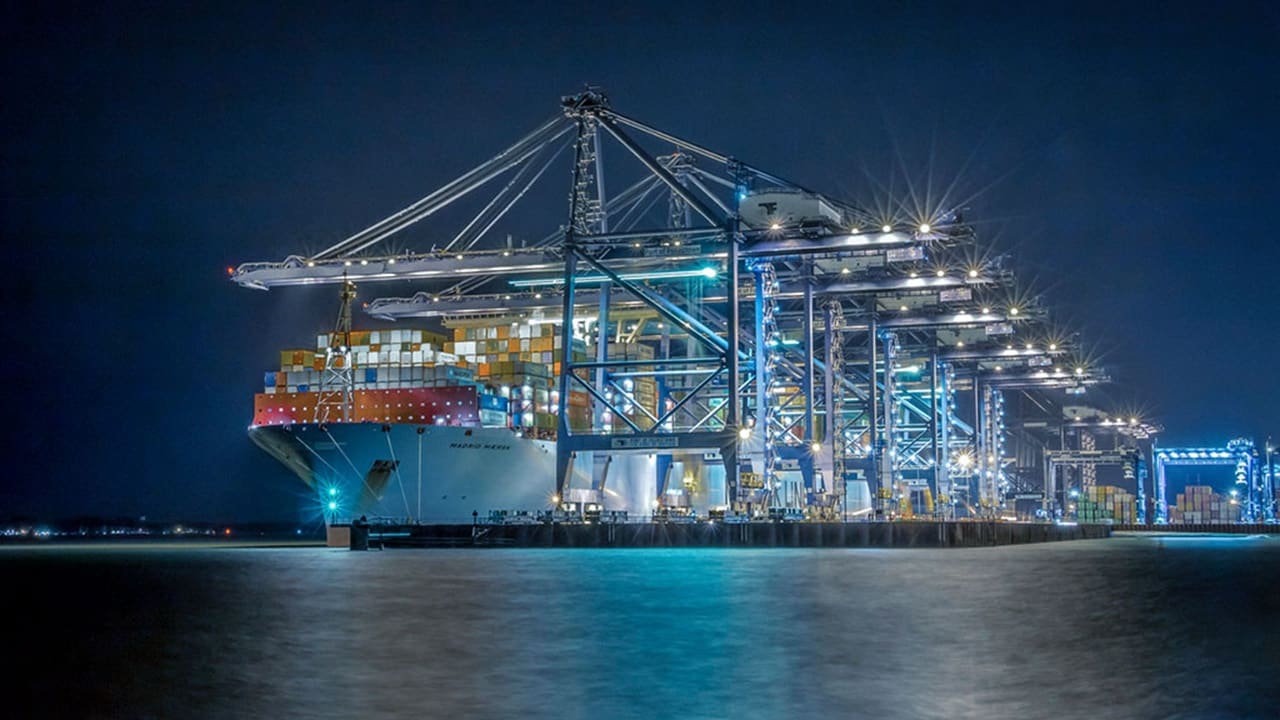
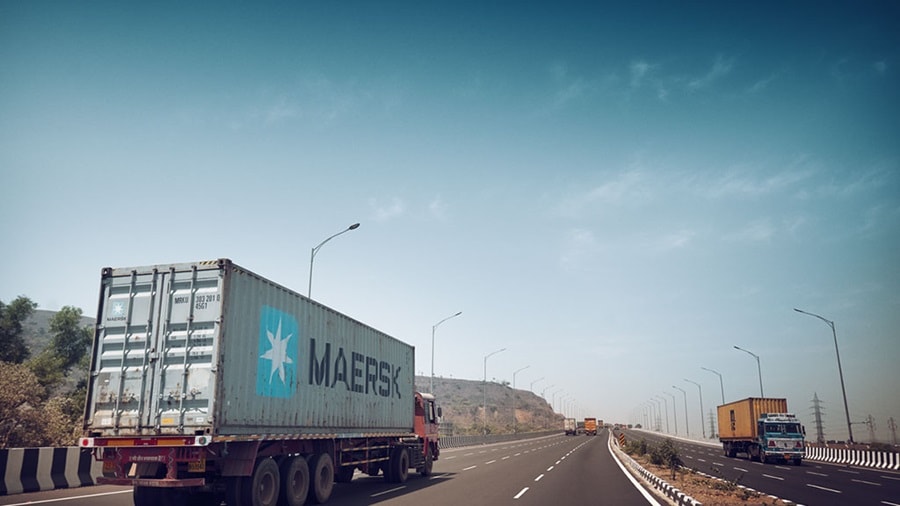
Landside updates
Central America, Andina and the Caribbean Sea Area
The David-Panama train, one of Panama's most anticipated infrastructure projects, is set to begin construction before the end of 2025. The initial section will connect Panama City with the Balboa region, including an underground tunnel under the Panama Canal near the Centenario Bridge. The project aims to enhance connectivity between Panama City and the province of Chiriqui (Border with Costa Rica), boosting the economy and creating alternatives for transporting goods to Central America. It is estimated that 150 trucks pass through this border each day. Agricultural products, electronics, textiles, and apparel are among the main commodities transported to Central America via Panama.

Highlights
The Logistics Trend Map
The logistics industry is evolving rapidly, influenced by a multitude of trends. Staying ahead in this dynamic environment requires clarity, focus, and informed decision-making. That’s why The Logistics Trend Map has been created in collaboration with data agency Statista, to act as a comprehensive and interactive guide to the most impactful trends in logistics today.
Explore the 30 trends that impact your business using the map below and read in-depth analysis of the top 10 trends in the downloadable report.
Learn more from the global Maersk team
Learn what’s happening in our regions by reading our Market Updates by region.
Europe
North America
Asia Pacific
Be sure to visit our “Insights” pages where we explore the latest trends in supply chain digitization, sustainability, growth, resilience, and integrated logistics.
无论您需要什么,我们都可以随时为您提供帮助
I agree to receive logistics related news and marketing updates by email, phone, messaging services (e.g. WhatsApp) and other digital platforms, including but not limited to social media (e.g., LinkedIn) from A. P. Moller-Maersk and its affiliated companies (see latest company overview). I understand that I can opt out of such Maersk communications at any time by clicking the unsubscribe link. To see how we use your personal data, please read our Privacy Notification.
By completing this form, you confirm that you agree to the use of your personal data by Maersk as described in our Privacy Notification.
